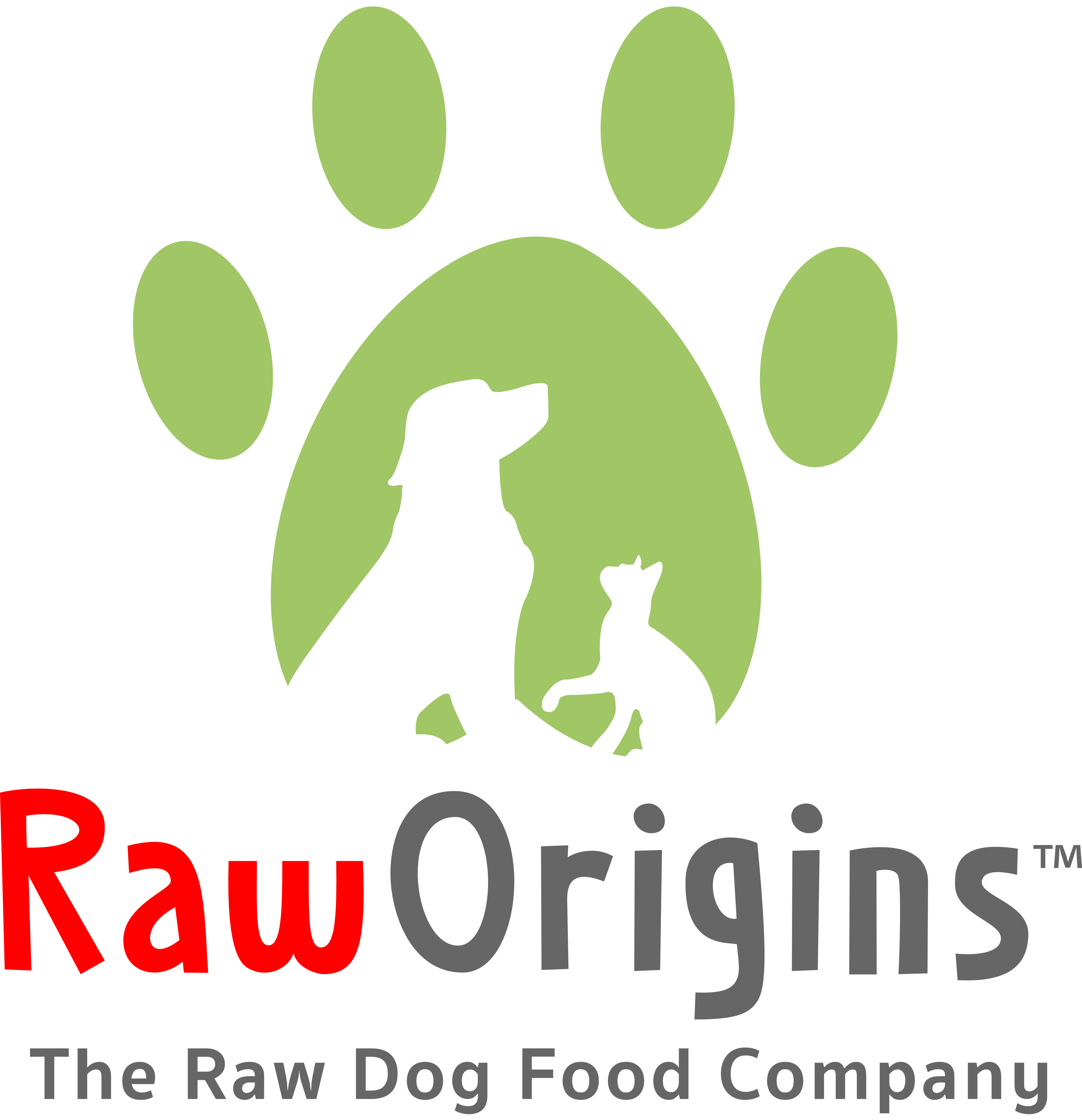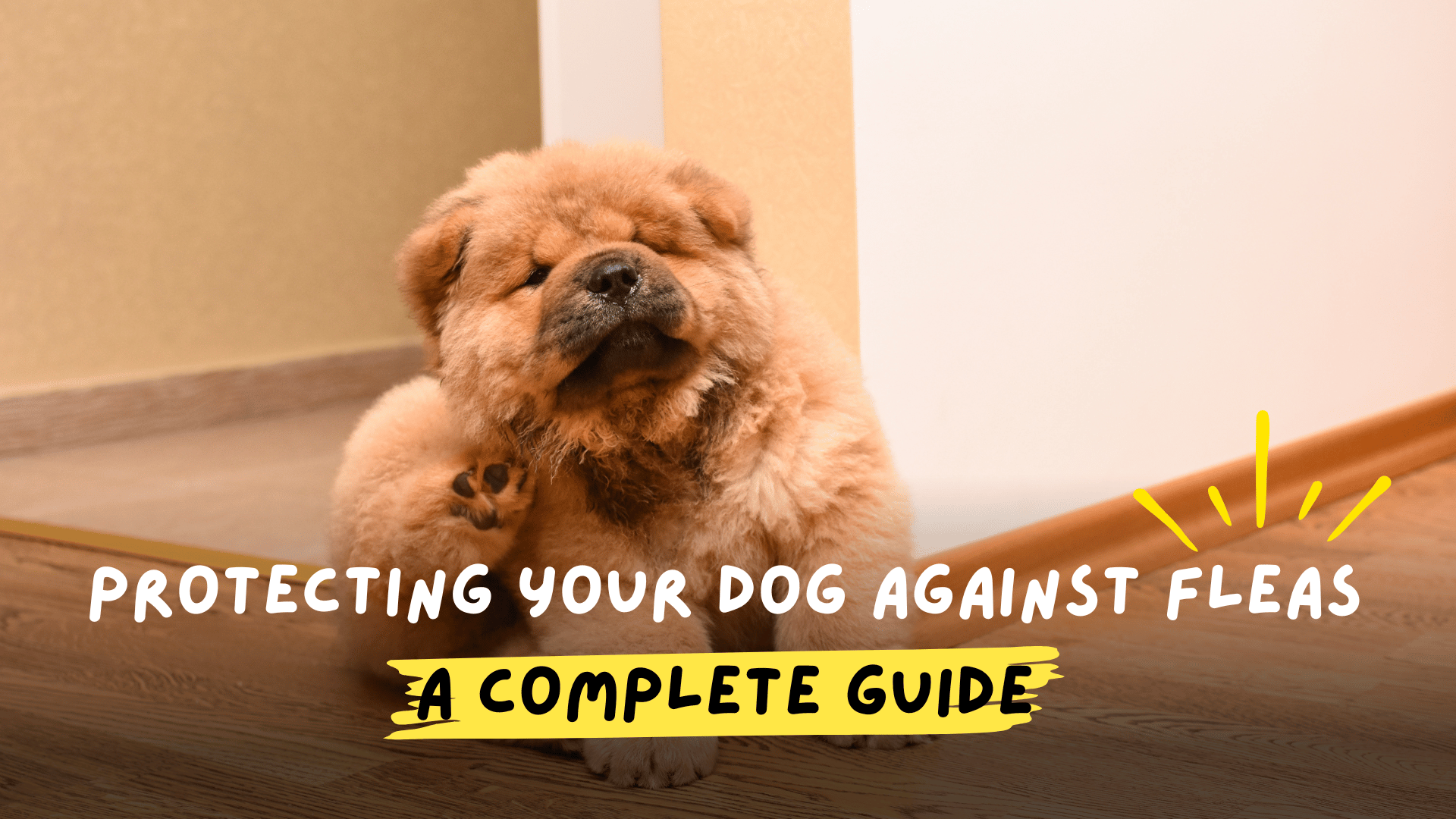Fleas are more than just a nuisance—they can cause significant discomfort and health problems for your dog if left unchecked. These tiny pests not only lead to itching and irritation but can also trigger allergic reactions, anemia, and even tapeworm infections. For dogs with severe infestations, constant scratching may result in skin infections, making flea prevention and treatment a critical part of their care routine.
Signs Your Dog Has Fleas
Recognizing fleas early is essential. Common signs include excessive scratching, red or inflamed skin, and the presence of “flea dirt,” which resembles tiny black pepper-like specks. You might even spot fleas themselves, fast-moving insects that are hard to miss once you know what to look for. Hair loss, especially around the tail, belly, or thighs, is another red flag that indicates it’s time to take action.
How to Treat Fleas
Treating fleas involves a multi-step process. Start by treating your dog directly with a vet-recommended approach. Bathing with flea shampoo can kill fleas on contact, while topical treatments or oral medications provide longer-lasting protection. Additionally, using a flea comb helps manually remove fleas and their eggs.
Cleaning your dog’s environment is equally crucial. Wash all bedding in hot water, vacuum carpets and furniture thoroughly, and consider using flea sprays or powders to eliminate fleas in their hiding spots. If you have other pets, ensure they’re treated simultaneously to prevent reinfestation.
Tips for Long-Term Flea Prevention
Prevention is key to avoiding the hassle of treating fleas in the first place. Use year-round flea preventatives recommended by your veterinarian, even during cooler months when flea activity seems to decrease. Regular grooming and brushing can help you spot fleas early, while maintaining a clean home—through frequent vacuuming and washing your dog’s bedding—reduces the likelihood of infestations.
Keeping your yard tidy by mowing the lawn and removing debris can also limit fleas’ access to your dog. Pair these efforts with a healthy, nutrient-rich diet, like Raw Origins Raw Dog Food, to strengthen your dog’s immune system and make them less appealing to pests.
Natural Flea Control Options
For those who prefer natural methods, diluted apple cider vinegar can act as a gentle flea repellent when sprayed onto your dog’s coat. Essential oils like lavender and cedarwood, in safe concentrations, are another natural deterrent. You can also sprinkle food-grade diatomaceous earth on carpets and bedding to dehydrate and kill fleas without chemicals.
When to Consult a Veterinarian
While many treatments are available over the counter, severe infestations or allergic reactions warrant a visit to the vet. A veterinarian can recommend the most effective treatment plan and check for any complications caused by fleas, ensuring your dog recovers fully.
Keeping your dog flea-free requires a combination of prevention, quick action, and a clean environment. With consistent care and proper treatment, your furry friend can live comfortably, free from the itch and irritation of fleas. Supporting their health with a high-quality diet like Raw Origins Raw Dog Food further ensures their overall well-being. By staying proactive, you can help your dog enjoy a happy, pest-free life.

